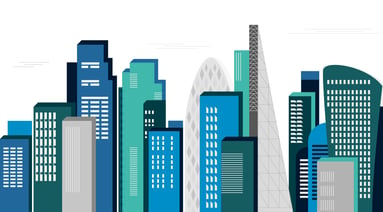It's time to reconsider how workplaces optimise their space.
.jpg?width=1600&height=933&name=KRAFT_HEINZ_MILAN_ITALY_N56_medium%20(1).jpg)
In a recent feature with Work Design, our Head of Design & Strategy in EMEA, Antonia Walmsley, shared her expert perspective on enhancing workspace efficiency and boosting employee involvement through our innovative, research-backed “Resilience Model.”
The hybrid working model has become a mainstream approach in the post-COVID era, though it is still evolving. Research indicates that most employees prefer this flexible arrangement, with a significant 75% stating they would consider seeking new employment if their company withdrew its flexible work policies. This shift underscores the importance of adapting our workspaces to meet the changing needs and preferences of the modern workforce.
"A staggering 74% of employers worldwide are struggling to keep their employees happy and engaged. Recognising the need for a solution that aligns with current business demands while remaining adaptable to future changes, we’ve introduced The Resilience Model."
- Antonia Walmsley
Our “Resilience Model” provides a framework for creating workspaces that are not only functional but also engaging and adaptable. This model looks at six resilience drivers around diversity and inclusion, values and culture, agility, productivity and innovation, and collaboration and community to understand a client’s performance across these outlined factors and their priority areas.
One of the key insights Antonia shared is that the workplace should be an environment where individuals choose to spend their time, not one where they have to. With employees utilising the office less frequently, traditional expansive spaces filled with private offices and large boardrooms are no longer ideal. Instead, there is a growing attraction to dynamic, immersive environments that foster purpose and efficiency. But what does that look like in practice?


